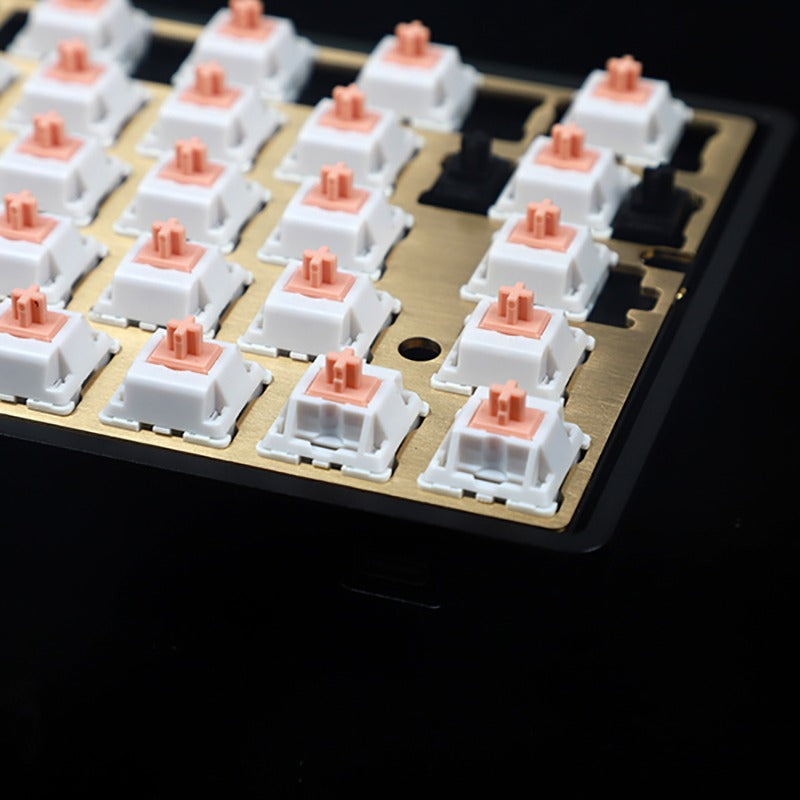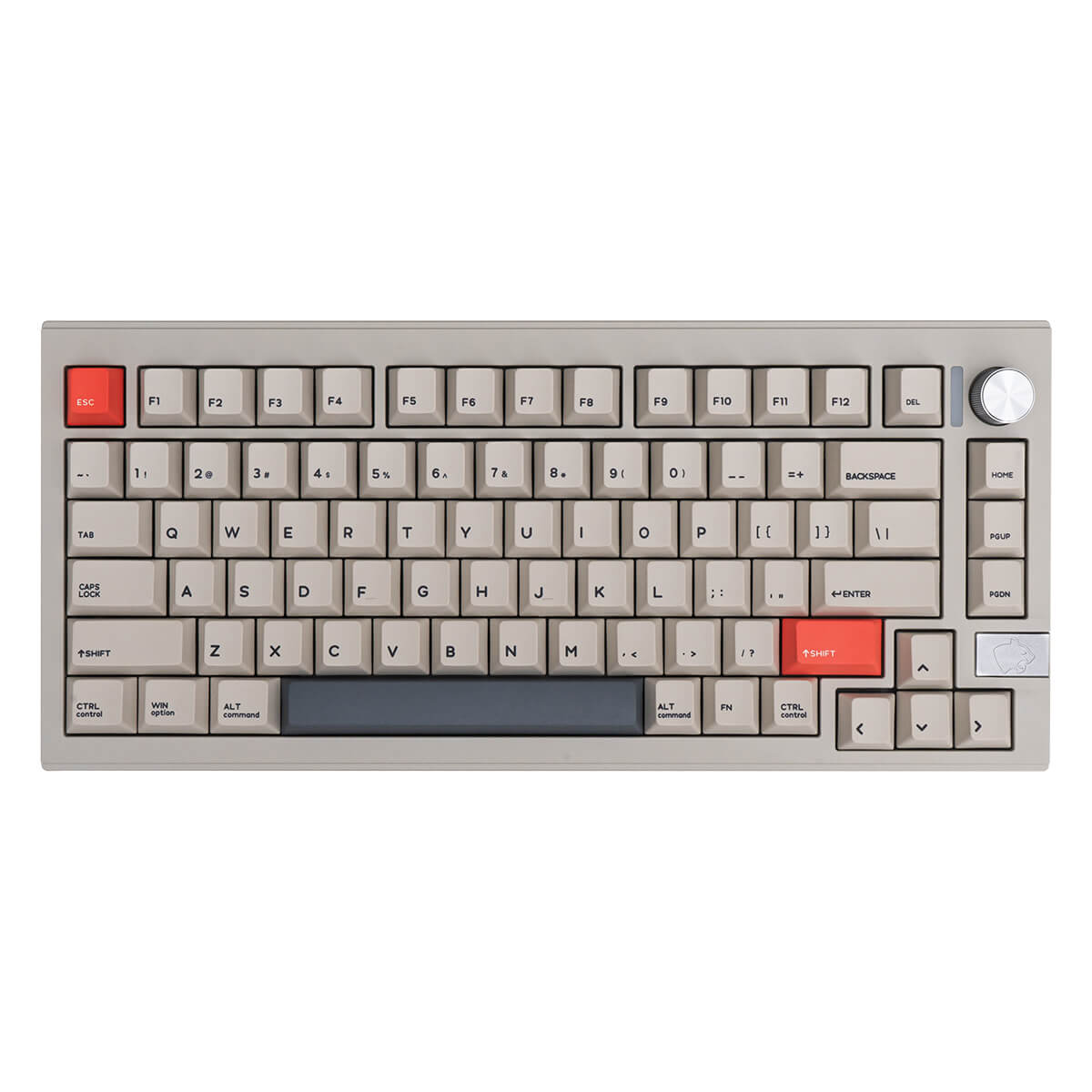(Continuing on from the above)
So How to Pick Your Soulmate Switch?
Only ask yourself:
“Am I a gamer, a typist, or both?”
If you are a gamer: Red, Silver, or Black.
If you are a typist: Blue or Brown.
Both: Brown or tactile switches .
“Do I need to stay quiet?”
YES: Blue.
NO: Red, Silent Red, or Pink.
“What’s my budget?”
Premium: Cherry MX.
Budget-friendly: Kailh/Gateron.
Pro tip: Buy a switch tester (a mini keyboard with different switches) before committing. It’s like dating multiple people at once—without the drama .

“Wait, There’s More?!” Let’s Talk Stabilizers (aka the “Bodyguards” of Your Spacebar)
Hold on! Before you go down the rabbit hole of clicky vs. linear switches, there’s another critical player in the keyboard game: stabilizers (or “stabs” for short). Think of them as the bouncers at a club—they keep your big keys (like the spacebar, Enter, and Shift) from wobbling like a Jenga tower.
Stabilizers are tiny plastic or metal brackets under large keys to distribute pressure evenly. Without them, your spacebar would sound like a maraca shaking loose screws, and pressing one side of the key would feel like stepping on a seesaw. Not cool.
The Two Common Types of Stabilizers:
1. Plate-Mounted Stabilizers (Cherry-style)
Looks like: Mini ladders clipped onto the keyboard’s plate.
Pros: Easy to install, widely compatible.
Cons: Can rattle like a snake’s tail if not lubed properly.
Best for: Beginners or anyone who hates complicated DIY projects.
2. PCB-Mounted Stabilizers (Costar-style)
Looks like: A spiderweb of wires and hooks attached directly to the circuit board.
Pros: Less wobble, smoother feel (if you survive the installation).
Cons: Requires patience, a PhD in tiny screws, and possibly therapy.
Best for: Keyboard modders who’d happily spend 3 hours tuning a single key.
=====================================================
Even if you’ve got the perfect switches, bad stabilizers can ruin your typing vibe. Here’s what happens when stabs go rogue:
The “Maraca Effect”: Your spacebar rattles louder than a 1997 Toyota Corolla.
The “Tilted Titanic”: Pressing one corner of the key feels like sinking into quicksand.
The “Squeaky Wheel”: Unlubed stabilizers sound like a hamster wheel in need of WD-40.
So How to Fix Stabilizer Drama?
Lube ’Em Up—Apply a dab of dielectric grease or Krytox to the stabilizer wires. It’s like giving your keyboard a spa day—suddenly everything’s smooth and zen.
Band-Aid Mod—Stick a tiny piece of foam or fabric tape under the stabilizer to muffle rattling. Yes, it’s as weird as it sounds. Yes, it works.
Swap ’Em Out—Replace cheap stabilizers with premium ones like Durock V2 or Everglide. Your fingers will thank you.

Final Word: Your Keyboard, Your Rules
Now you’re ready to geek out about both switches and stabilizers. At the end of the day, switches are about your comfort. Love the clicky chaos of Blue? Go for it! Prefer the silence of Red? Nobody’s judging. Just remember: A good keyboard is like a good partner—supportive, responsive, and never lets you down .
Go forth and build the keyboard of your dreams—one that clicks, clacks, and stays gloriously wobble-free! ✨




